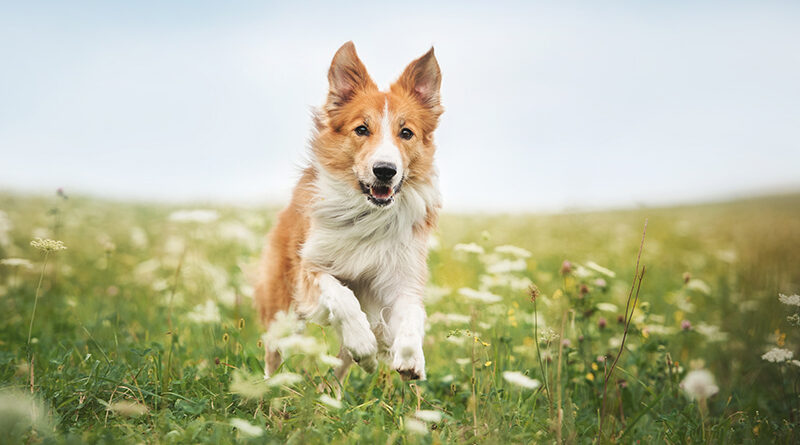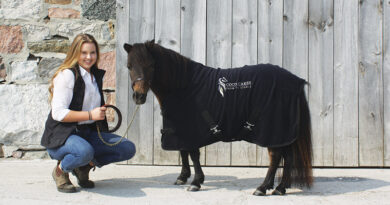Learning Recall Command
We’ve all seen those “lost dog” posts on social media, and we share them to our feeds in the hopes of the family being reunited with their pet. We feel bad for the owners, but if the dog comes back every time it’s called, they are less likely to become lost.
Dogs can (and do!) travel for hundreds of kilometres, thereby leaving them totally alone once they have decided to head for home. Some dogs can find their own way home, but many don’t ever return home.
Whether you are a first-time dog owner or you have a lot of experience, training your dog is essential. One of the most important aspects of dog training is recall; teaching your dog to come when called. In my opinion, this is an essential skill whether you ever need to call your dog in an emergency, or if you just need them to come in from the backyard.
Training your dog to come when called is one of the most important aspects of any successful dog training program. Training your dog to come when called can potentially save its life if it is ever needed to respond in a dangerous situation.
You may be thinking “well, I never let my dog run free so I don’t have to worry.” Not true! For starters, coming when called will help you regain control of the dog in case of collar break, snapped leash or other similar equipment failure. This is particularly important when you are out with your dog, especially in an area with lots of traffic. It is vital that the dog respond to your voice and return to your side, even in the absence of collar and leash, and even if there are lots of other things competing for its attention.
This is why I say that the recall command is the most important command you will ever teach your dog.
To teach your dog to come when called, whether to their name or the command, you will want to start with a stationary command first, such as sit-stay. The way I teach this with clients’ dogs is to use the “sit” command as “stay.” Meaning, your dog should not get up when you tell them to “sit” until you tell them to come. Start off in a space with minimal distractions like your backyard.
Have your dog on a loose leash, tell your dog to sit and then slowly turn and walk away. If your dog begins to get up and follow you, return your dog to the spot where you told them to sit and tell him to sit again. Continue this process until you can reach the end of the leash without the dog getting up.
Practice often, and increase distance slowly, using a longer leash as necessary. After you can successfully reach the end of the leash on a consistent basis, try dropping the leash altogether. When your dog has mastered the stay command, it is time to add the come-when-called command.
Take up the leash again, and with the dog on the end of the leash, say “come” or “come here.” You can also use their name. Is often helpful to use food or treats when teaching this behaviour. The reward provides a visible item for the dog to focus on. Teaching the dog to come for the food is a good first step in training the dog to come when called.
Repeat this procedure many times until the dog will consistently stay and then come when called. After the dog has mastered coming when called while attached to the leash, slowly start introducing the concept when the leash is removed. As before, these training sessions should only take place in a controlled, safe environment, such as a fenced in front or back yard.
Introduce distractions slowly, starting in your yard them moving to other areas with more distractions once your dog masters the command in the area where you were working in.
Practice often, and introduce distractions and increased distance slowly as your dog learns, and most of all, have fun! A bored dog will not be receptive to learning, just as a bored human will not be a good teacher. It is important, therefore, to always incorporate fun things and play into training, and ending each session with a few minutes of free play time is a great way to end on a positive note and to help the dog associate obedience training with fun and not drudgery.
Turner and Pooch Dog Training
www.ptbodogtrainer.ca 705-808-DOGS




